A flexible tire sidewall allows tires to be used on wide and narrow rims. Every type of Wheel requires a specific rim width range. It’s the parts where tires can be fit. but sometimes its difficult to remove the tires just for measure the rims. that’s why many people search for how to measure wheel width with tire on. so in this article we will walk you through into to step by step guide how can you do this exactly.
Table of Contents
How to measure wheel width with the tire on, the cloud is critical to measure, but if you follow the right guidelines, you can do it easily. Rim size depends on two factors. One factor is rim width; another is tire diameter. However, automobile tire measurements depend on four factors. Rim Size is the diameter of the wheel rim in another sense. It depends on the size of the tires and their widths.
Tire size refers to its width. It’s measured from one side edge to another. Size refers to the overall dimensions of the tires, including height, tread width, section width, rim diameter, etc. The size of the tires depends upon the width of their treads. In some cases, size isn’t an issue.
Measure the circumference of the rim. It is measured in centimeters. It’s usually 5 inches for passenger cars. And this is how you can measure the diameters. You can measure the groove to the beads of the tire. After removing the tire from the Wheel, it is extremely simple to determine the inside diameter. It’s normal for the outside diameter of a tire to vary by one inch from its actual measurement. Take note of the tires’ width, inner diameter, and height.
Measure the tire with the rim before setting it up. Otherwise, the tire will not fit properly. You can find the correct size printed on the outside of the tire. It’s good news for you because the common tire sizes are 205/55 R 16 (front) and 225/50 R 17 (rear).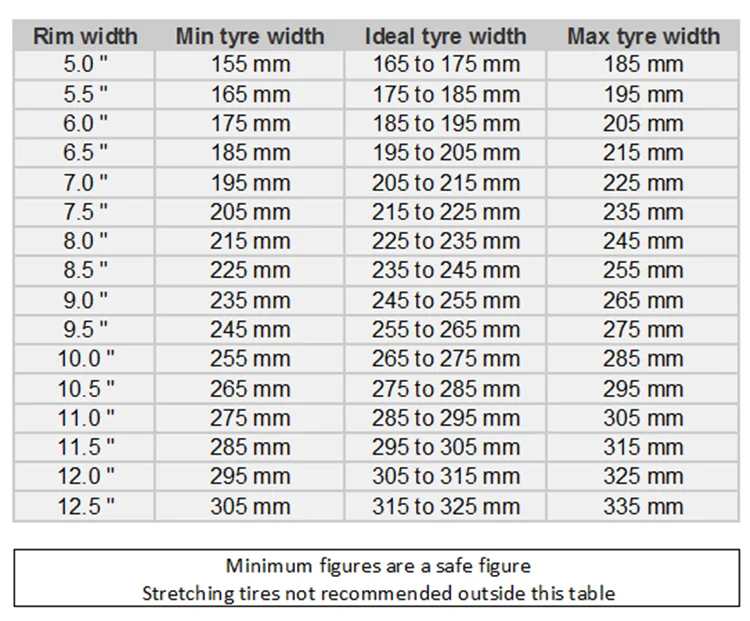 Here different letters have different meanings.
Here different letters have different meanings.
“P” stands for passengers car. 205 refers to the top width of the widest part of the tire. 40 refers to the ratio between the width and height of the image, In conclusion, R indicates radius, and 16 inches indicates the diameter of the rim
Match the tire width with its wheel size. Measure the tire’s width first before choosing which size rim fits best. But if you have the wider Wheel, you need to measure it again if you see something wrong. To find out the true size of the tires, follow the manufacturer’s approval rate. Different tire sizes vary according to their specifications. Some may be wider than others, but they are not necessarily larger.
Read also
how to keep tires from dry rotting : Things you should know
how to refinish aluminum wheels : ultimate guides
how to stretch tires : Proper guidelines with safety
how to slash tires : ultimate guides
Do you own a bike? If the answer is ‘yes, you must purchase tires for your bike.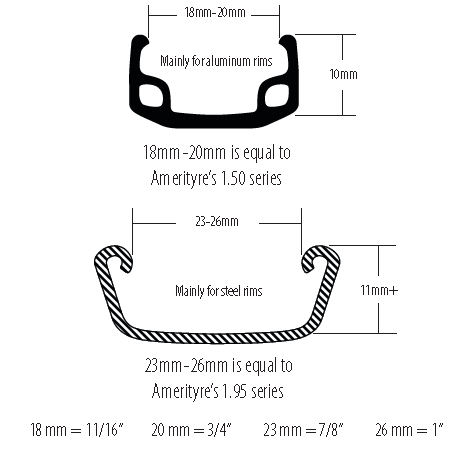 It would be best if you found out which size fits best. You probably don’t realize it yet, but… Perhaps you don’t know the proper size for tires because you haven’t measured them properly or don’t know the right size of your tires. Manufacturers use different technologies to make rims for bicycles. Therefore, it is impossible to say whether any particular wheel rim is suitable for your bike. And for that, you have to choose the right rims for your bike tires.
It would be best if you found out which size fits best. You probably don’t realize it yet, but… Perhaps you don’t know the proper size for tires because you haven’t measured them properly or don’t know the right size of your tires. Manufacturers use different technologies to make rims for bicycles. Therefore, it is impossible to say whether any particular wheel rim is suitable for your bike. And for that, you have to choose the right rims for your bike tires.
You need to measure the width of your bike’s rims. It may seem like an easy task at first glance, but it isn’t easy. It’s a good idea to think about this. First, you need to determine exactly which size of rim you want. Measure the circumference of the rim using a measuring tape. You’ll probably not use it right away. First, you need to put the bike frame on a flat surface to measure its length accurately.
To find out if your bike has been properly aligned, you need to check its wheels for proper alignment. Make sure the tape covers the entire wheel circumference. You’ll need to measure the length of each point from one side to another. To take the exact size of the rim, you can either slide one half of the tape forward then backward (side by side) or slide both halves simultaneously (forth and back).
Make sure the tape covers the entire wheel circumference. You’ll need to measure the length of each point from one side to another. To take the exact size of the rim, you can either slide one half of the tape forward then backward (side by side) or slide both halves simultaneously (forth and back).
To measure the rim circumference, you need to wrap a measuring tape around the rim at its widest point. You start by keeping the tape around the edge of the rim to measure it. You’ll use it to take the exact measurement.
Sometimes, some fabric tapes could give an incorrect reading because they tend to stretch slightly. It would be best to use a tape that measures 0.25 inches to 1 inch wide. With this measuring tape, you’ll be able to measure up to the widest part of the rim. The best way to measure the wheels of your vehicle is by the below guides:

If you lack metal tape for applying markup, you can use wire or cables instead. Encircle the tape around the inner wall of the rim as close to its edge as possible. Next, please keep it on a level surface and use an extendable measuring tape to determine its length.
It’s essential to know the diameter of the tire rims before fitting the new tires. Standard tables are available for determining whether the ratio between the size of tires and rims is appropriate. Don’t be afraid to follow the manufacturer’s instructions. There are enough room and guidelines available to know the best tires that fit well with your tires.
I think you already learned how to measure wheel width with tire on. Don’t forget to let us know in the comment your opinion.
The width of your rim determines the width of the tire on the road.
This simple fact should tell you why it’s important that you know your rims' width before purchasing tires. Incorrectly matched rims and tires will lead to your tires' premature failure, so let us show you how to measure your rims.
Make a note of the size in your vehicle handbook.
Measuring your wheel rims is a relatively simple task. If you have wheel rim calipers, it’s straightforward.
This is a simple task that can be done on your own.
This shouldn’t take you more than 30 mins.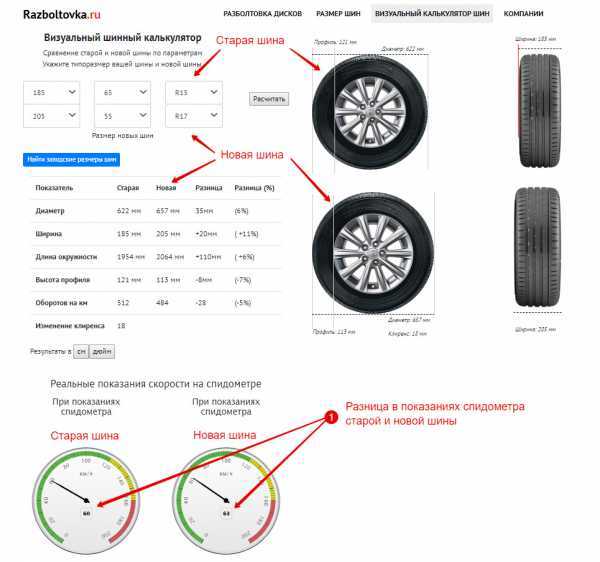
Buying a set of calipers used by a tire fitment center will cost in the region of $30 to $35. If you use a tape measure and a straight edge, then the cost is zero as these are items found in every home.
There are three ways that you can easily measure the rims on your car. Let's look at what you need to measure your rims using each method. In the next section, we’ll cover how to do the job.
Photo credit: stevestillwell.com
 Measuring With Tire Caliper (Cost: Between $30 - $35)
Measuring With Tire Caliper (Cost: Between $30 - $35)Measuring the rim's width with the tire on can be a simple task if you have the correct tools, or it can be more complex if you’re using straight edges and a tape measure.
Photo credit: tirehubz.com
To read and interpret the letters stamped into the rim of the wheel, you’ll need to remove it as this is usually stamped on the backside of the rim. Please observe all safety rules when working around a vehicle that’s jacked up. Keep children and pets away, so nothing is bumped while working near the car.
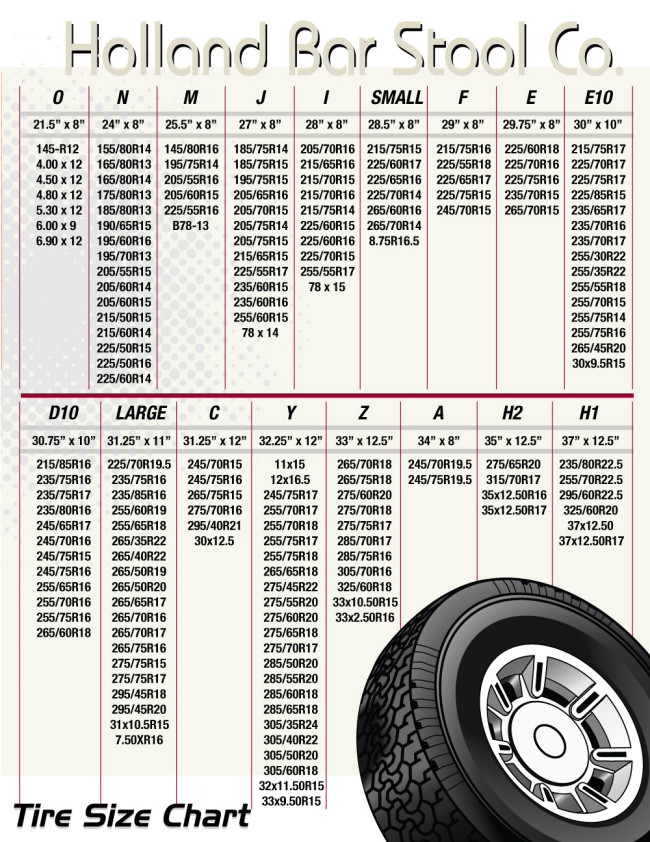 Your manufacturer's handbook will indicate where this is.
Your manufacturer's handbook will indicate where this is.
Photo credit: rimsandtiresmag.com
This method requires you to use a little math to calculate the width of the tire.
Photo credit: nasaspeed.news
If you have a set of calipers similar to those used when balancing wheels, you can use these to quickly measure the width of the rim.
Photo credit: facebook.com
The rim width range for the tire that you have will identify the widest to the narrowest rim that the tire is designed to fit. This means that the width of the rim will determine the width of the tire.
Fatter tires give better road holding but have greater rolling resistance to the road, so they can affect your fuel consumption. Narrow tires are excellent for cutting through water and have comfortable ride qualities but aren’t good for quick acceleration as they don’t have a large patch of rubber on the road.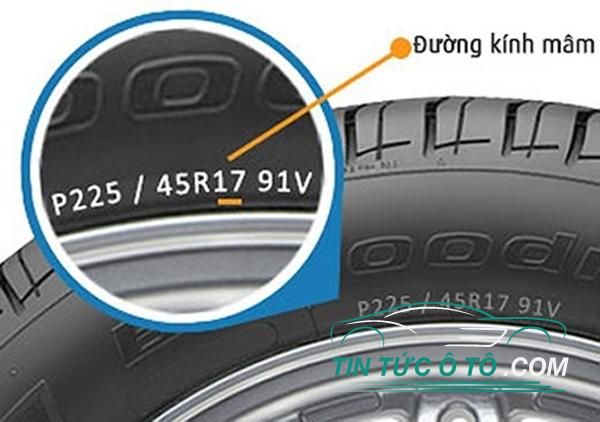
Checking the width of the rim ensures that the tires will fit correctly and not be under stress while fitted on the rim. It’s not desirable to try and fit oversized or undersized tires to the rim.
If the rim is too narrow for the tire's recommended width, the tire will distort sideways under cornering. This stresses the tire at that point, and failure is certain in time. On the other hand, if the rim is too wide for the tire, the vehicle will have a harsh ride as the sidewalls won’t have the curvature to flex and soak up the bumps. Again, this places unnecessary stress on the tire, and failure is certain.
This is the reason that there are ranges of rims that fit tires and tires that fit rims. See your local dealer to get the correct information and marry the sizes correctly for safe, comfortable motoring.
Photo credit: superstreetonline.com
Knowing the size of the rim is important when fitting tires.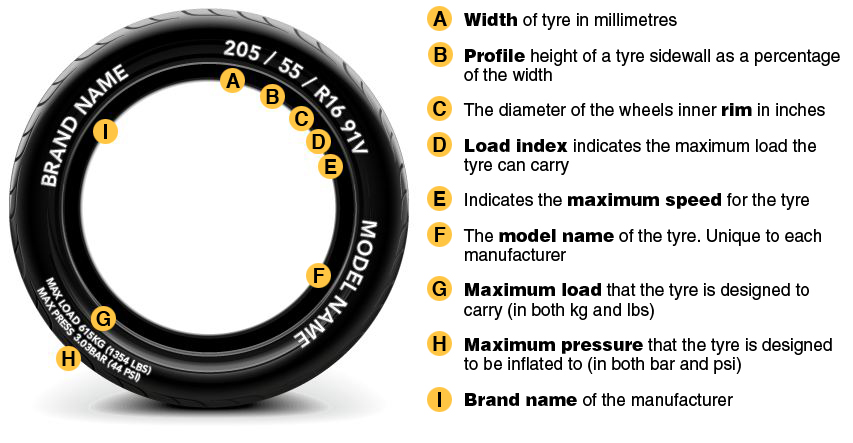 There are standard tables available that will assist you in ensuring that the balance between tire and rim is correct. It’s not advisable to ignore the manufacturers' recommendations. There are enough options available to ensure there’s a rim and tire match that will suit you.
There are standard tables available that will assist you in ensuring that the balance between tire and rim is correct. It’s not advisable to ignore the manufacturers' recommendations. There are enough options available to ensure there’s a rim and tire match that will suit you.
There are many common questions around this issue, and here we have tried to answer a few of the more common that come up.
Yes, you can fit different-width tires onto the same rim, but consult the recommended guidelines to ensure that the tire and rim you want to marry are a safe combination.
On a 10.5" rim, the minimum size is 265mm, the maximum size is 295mm, and the ideal size is 275mm or 285mm.
Do you want to choose a tire for your car, but do not understand tire markings well? It's not a problem! In this section, we will help you figure out what tire parameters are, what they mean, and which tire is right for your car.
Select tires / tire catalog
195/65 R15 91 T XL
195 is the tire width in mm.
65 - Proportionality, i.e. profile height to width ratio. In our case, it is equal to 65%. Simply put, with the same width, the larger this indicator, the higher the tire will be and vice versa. Usually this value is simply called “profile”.
Since the tire profile is a relative value, it is important to take into account when choosing rubber that if you want to put tires with a size of 205/65 R15 instead of the size 195/65 R15, then not only the width of the tire will increase, but also the height! Which in most cases is unacceptable! (except when both of these sizes are indicated in the car's operating book). You can calculate the exact data on changing the outer dimensions of the wheel in a special tire calculator.
If this ratio is not specified (for example, 185/R14C), then it is equal to 80-82% and the tire is called full profile. Reinforced tires with this marking are usually used on minibuses and light trucks, where a large maximum wheel load is very important.
Reinforced tires with this marking are usually used on minibuses and light trucks, where a large maximum wheel load is very important.
R - means a tire with a radial cord (in fact, almost all tires are made this way now).
Many mistakenly believe that R- means the radius of the tire, but this is the radial design of the tire. There is also a diagonal design (indicated by the letter D), but recently it has practically not been produced, since its performance is noticeably worse.
15 - wheel (rim) diameter in inches. (It is the diameter, not the radius! This is also a common mistake). This is the “landing” diameter of the tire on the disk, i.e. is the inside size of the tire or the outside of the rim.
91 - load index. This is the level of maximum permissible load on one wheel. For passenger cars, it is usually done with a margin and is not a decisive factor when choosing tires (in our case, IN - 91 - 670 kg. ). For minibuses and small trucks, this parameter is very important and must be observed.
). For minibuses and small trucks, this parameter is very important and must be observed.
T is the tire speed index. The larger it is, the faster you can ride on this tire (in our case, IS - H - up to 210 km / h). Speaking about the tire speed index, I would like to note that with this parameter, the tire manufacturer guarantees the normal operation of the rubber when the car is constantly moving at the specified speed for several hours.
There are two different American tire markings. The first one is very similar to the European one, only the letters “P” (Passanger - for a passenger car) or “LT” (Light Truck - light truck) are placed before the size. For example: P 195/60 R 14 or LT 235/75 R15. And another tire marking, which is fundamentally different from the European one.
Example: 31x10.5 R15 (corresponds to European size 265/75 R15)
31 is the outside diameter of the tire in inches.
10.5 is tire width in inches.
R - a tire with a radial design (older tire models were with a diagonal design).
15 is the inner diameter of the tire in inches.
Generally speaking, except for inches that are unusual for us, the American tire marking is logical and more understandable, unlike the European one, where the height of the tire profile is not constant and depends on the width of the tire. And here everything is simple with decoding: the first digit of the standard size is the outer diameter, the second is the width, the third is the inner diameter.
XL or Extra Load is a reinforced tire, the load index of which is 3 units higher than that of conventional tires of the same size. In other words, if a given tire has a load index of 91 marked XL or Extra Load, then this means that with this index, the tire is able to withstand a maximum load of 670 kg instead of 615 kg (see the table of tire load indices).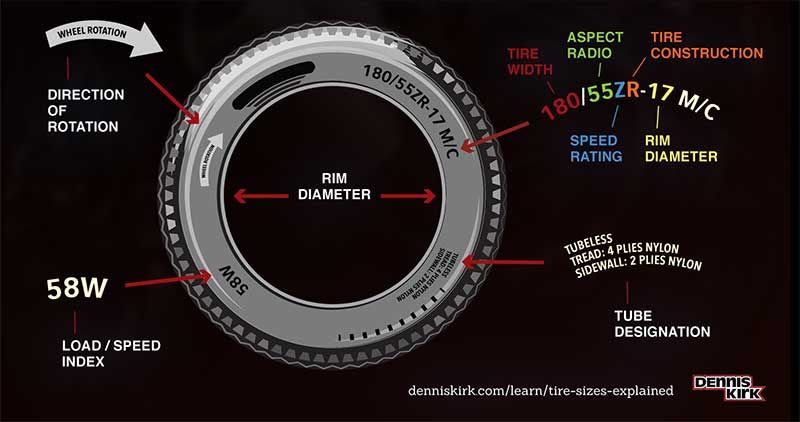
M+S or tire marking M&S (Mud + Snow) - mud plus snow and means that the tires are all-season or winter. Many summer tires for SUVs are labeled M&S. However, these tires must not be used in winter, as winter tires have a completely different rubber compound and tread pattern, and the M&S badge indicates good flotation performance.
All Season or AS all season tires. Aw (Any Weather) - Any weather.
Pictogram * (snowflake) — rubber is designed for use in harsh winter conditions. If this marking is not on the sidewall of the tire, then this tire is intended for use only in summer conditions.
Aquatred, Aquacontact, Rain, Water, Aqua or icon (umbrella) Special rain tires.
Outside and Inside ; asymmetric tires, i.e. It is important not to confuse which side is the outside and which is the inside. When installing, the Outside inscription must be on the outside of the car, and Inside on the inside.
RSC (RunFlat System Component) - RunFlat tires are tires on which you can continue to drive a car at a speed of no more than 80 km / h with a FULL tire pressure drop (due to a puncture or cut). On these tires, depending on the manufacturer's recommendations, you can drive from 50 to 150 km. Different tire manufacturers use different designations for RSC technology. For example: Bridgestone RFT, Continental SSR, Goodyear RunOnFlat, Nokian Run Flat, Michelin ZP etc.
Rotation or arrow This marking on the tire sidewall indicates a directional tire. When installing the tire, you must strictly observe the direction of rotation of the wheel, indicated by the arrow.
Tubeless - tubeless tire. In the absence of this inscription, the tire can only be used with a camera. Tube Type - indicates that this tire must be used only with a tube.
Max Pressure ; maximum allowable tire pressure. Max Load - the maximum allowable load on each wheel of the car, in kg.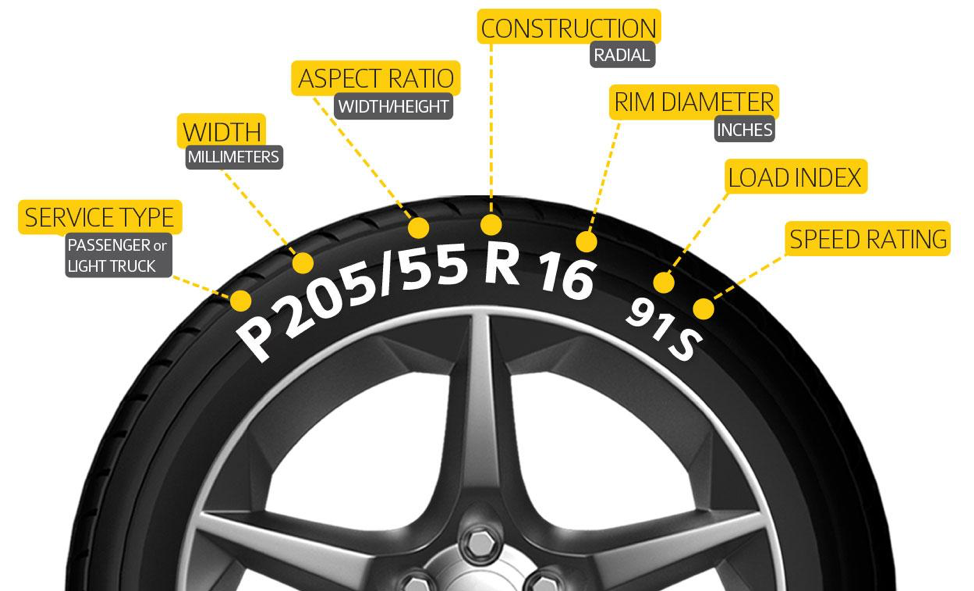
Reinforced or the letters RF in the size (for example 195/70 R15RF) means that this is a reinforced tire (6 layers). The letter C at the end of the size (for example 195/70 R15C) indicates a truck tire (8 layers).
Radial this marking on the rubber in the standard size means that it is a radial construction tire. Steel means that there is a metal cord in the tire structure.
Letter E (in a circle) - the tire meets the European requirements of ECE (Economic Commission for Europe). DOT (Department of Transportation - US Department of Transportation) is an American quality standard.
Temperature A, B, or C The temperature resistance of the tire at high speeds on the test bench (A is best).
Traction A, B, or C
Treadwear ; relative expected mileage compared to a specific US standard test.
TWI (Tread Wear Indiration) - tire tread wear indicators. The marking on the TWI wheel can also be with an arrow. Pointers are located evenly in eight or six places around the entire circumference of the tire and show the minimum allowable tread depth. The wear indicator is made in the form of a protrusion with a height of 1.6 mm (the minimum tread value for light vehicles) and is located in the tread recess (usually in the drainage grooves).
The marking on the TWI wheel can also be with an arrow. Pointers are located evenly in eight or six places around the entire circumference of the tire and show the minimum allowable tread depth. The wear indicator is made in the form of a protrusion with a height of 1.6 mm (the minimum tread value for light vehicles) and is located in the tread recess (usually in the drainage grooves).
DOT - Manufacturer's coded address, tire size code, certificate, issue date (week/year).
Select tires / tire catalog
Please enable JavaScript in your browser to display pages properly.
+7 (49234) 2-65-85
Request a call
Remind password
Personal account
New customer
3 + 9 = I hereby confirm that I have read and agree to the terms of the privacy policy and consent to the processing of my personal data.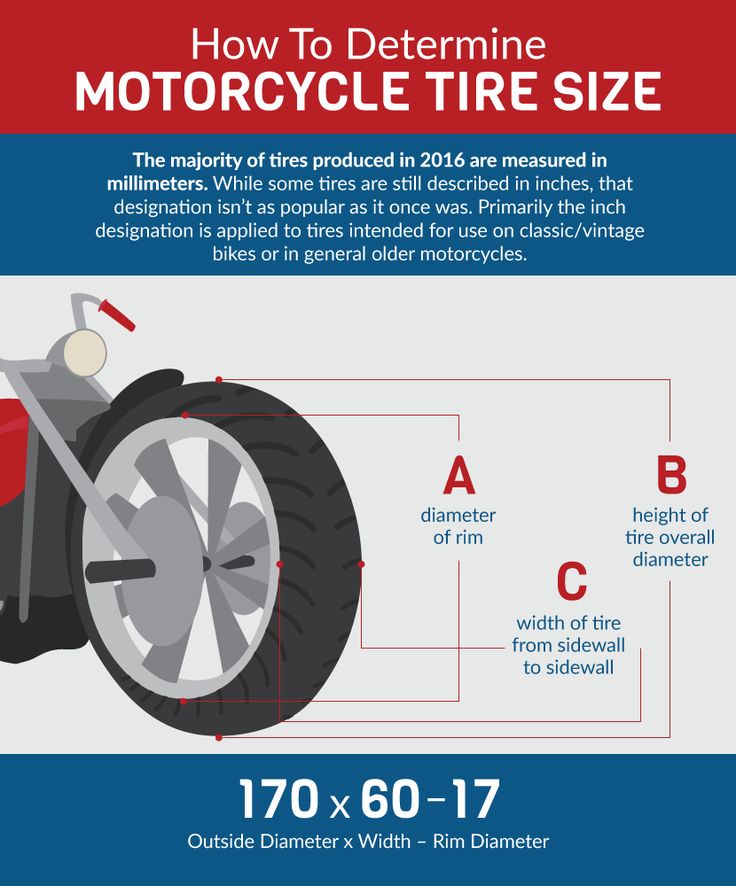 Learn more
Learn more
Request a call
Leave your phone number and a convenient time to call, and we will call you back
ShopVladimirskoe shosse, 1a 2 + 8 =I hereby confirm that I have read and agree to the terms of the privacy policy and consent to the processing of my personal data. Learn more
Do you want to choose a tire for your car, but don't know much about tire labels? It's not a problem! In this section, we will help you figure out what tire parameters are, what they mean, and which tire is right for your car.
Find tires / tire catalog
195/65 R15 91 TXL
195 is the tire width in mm.
65 - Proportionality, i.e. profile height to width ratio. In our case, it is equal to 65%. Simply put, with the same width, the larger this indicator, the higher the tire will be and vice versa. Usually this value is simply called “profile”.
Simply put, with the same width, the larger this indicator, the higher the tire will be and vice versa. Usually this value is simply called “profile”.
Since the tire profile is a relative value, it is important to consider when choosing rubber that if you instead of size 195/65 R15, if you want to put tires with a size of 205/65 R15, then not only the width of the tire will increase, but also the height! Which in most cases is unacceptable! (except when both of these sizes are indicated in the car's operating book). You can calculate the exact data on changing the outer dimensions of the wheel in a special tire calculator.
If this ratio is not specified (for example, 185/R14C), then it is equal to 80-82% and the tire is called full profile. Reinforced tires with this marking are usually used on minibuses and light trucks, where a large maximum wheel load is very important.
R - means a tire with a radial cord (in fact, almost all tires are made this way now).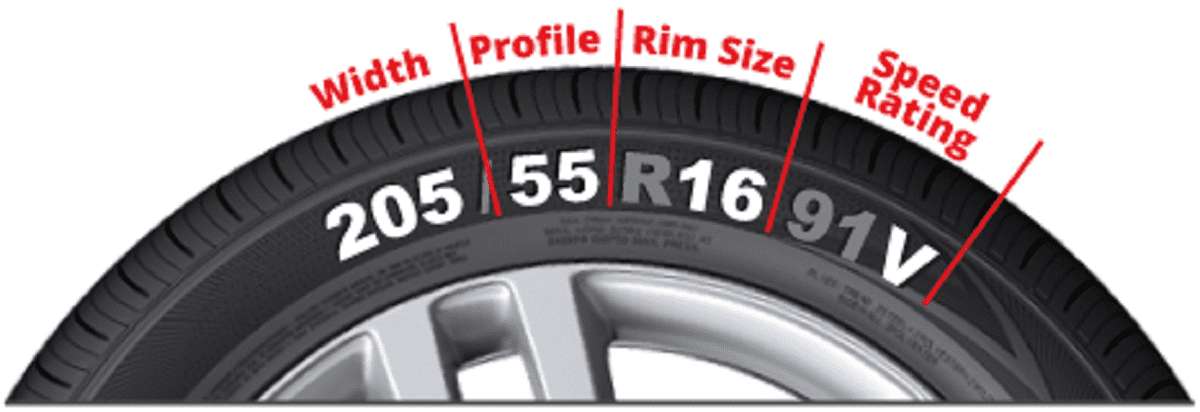
Many mistakenly believe that R- means the radius of the tire, but this is precisely the radial design of the tire. There is also a diagonal design (indicated by the letter D), but recently it has practically not been produced, since its performance is noticeably worse.
15 - wheel (rim) diameter in inches. (It is the diameter, not the radius! This is also a common mistake). This is the “landing” diameter of the tire on the disk, i.e. is the inside size of the tire or the outside of the rim.
91 - load index. This is the level of maximum permissible load on one wheel. For passenger cars, it is usually done with a margin and is not a decisive factor when choosing tires (in our case, IN - 91 - 670 kg.). For minibuses and small trucks, this parameter is very important and must be observed.
T is the tire speed index. The larger it is, the faster you can ride on this tire (in our case, IS - H - up to 210 km / h).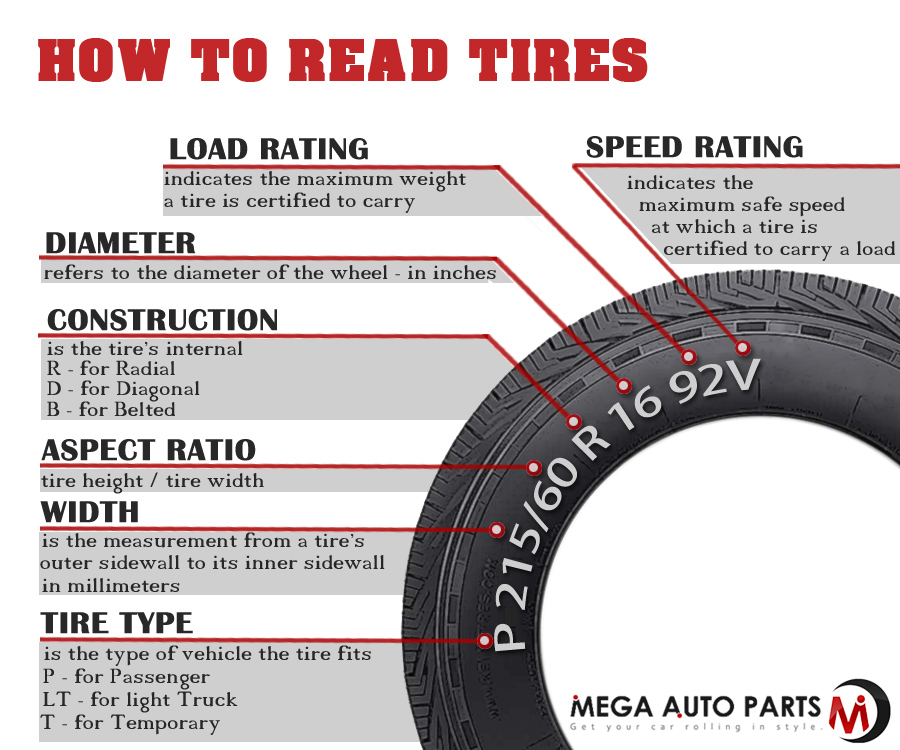 Speaking about the tire speed index, I would like to note that with this parameter, the tire manufacturer guarantees the normal operation of the rubber when the car is constantly moving at the specified speed for several hours.
Speaking about the tire speed index, I would like to note that with this parameter, the tire manufacturer guarantees the normal operation of the rubber when the car is constantly moving at the specified speed for several hours.
There are two different markings for American tires. The first one is very similar to the European one, only the letters “P” (Passanger - for a passenger car) or “LT” (Light Truck - light truck) are placed before the size. For example: P 195/60 R 14 or LT 235/75 R15. And another tire marking, which is fundamentally different from the European one.
Example: 31x10.5 R15 (corresponds to European size 265/75 R15)
31 is the outside diameter of the tire in inches.
10.5 is tire width in inches.
R - a tire with a radial design (older tire models were with a diagonal design).
15 is the inner diameter of the tire in inches.
Generally speaking, except for inches that are unusual for us, the American tire marking is logical and more understandable, unlike the European one, where the height of the tire profile is not constant and depends on the width of the tire. And here everything is simple with decoding: the first digit of the standard size is the outer diameter, the second is the width, the third is the inner diameter.
XL or Extra Load is a reinforced tire, the load index of which is 3 units higher than that of conventional tires of the same size. In other words, if a given tire has a load index of 91 marked XL or Extra Load, then this means that with this index, the tire is able to withstand a maximum load of 670 kg instead of 615 kg (see the table of tire load indices).
M+S or M&S tire marking (Mud + Snow) - mud plus snow and means that the tires are all-season or winter. Many summer tires for SUVs are labeled M&S. However, these tires must not be used in winter, as winter tires have a completely different rubber compound and tread pattern, and the M&S badge indicates good flotation performance.
Many summer tires for SUVs are labeled M&S. However, these tires must not be used in winter, as winter tires have a completely different rubber compound and tread pattern, and the M&S badge indicates good flotation performance.
All Season or AS all season tires. Aw (Any Weather) - Any weather.
Pictogram * (snowflake) — rubber is designed for use in harsh winter conditions. If this marking is not on the sidewall of the tire, then this tire is intended for use only in summer conditions.
Aquatred, Aquacontact, Rain, Water, Aqua or pictogram (umbrella) - special rain tires.
Outside and Inside ; asymmetric tires, i.e. It is important not to confuse which side is the outside and which is the inside. When installing, the Outside inscription must be on the outside of the car, and Inside on the inside.
RSC (RunFlat System Component) - RunFlat tires are tires that allow you to continue driving your vehicle at a maximum speed of 80 km/h with a FULL tire pressure drop (puncture or cut).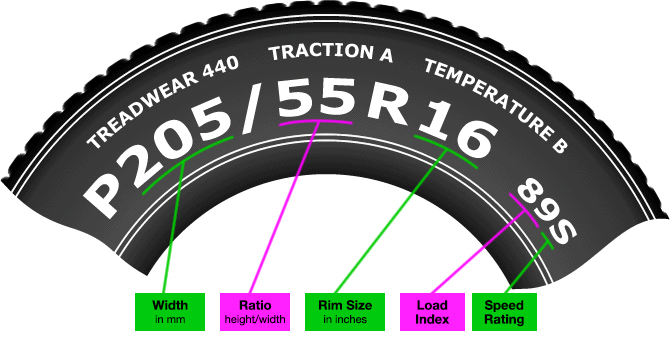 On these tires, depending on the manufacturer's recommendations, you can drive from 50 to 150 km. Different tire manufacturers use different designations for RSC technology. For example: Bridgestone RFT, Continental SSR, Goodyear RunOnFlat, Nokian Run Flat, Michelin ZP etc.
On these tires, depending on the manufacturer's recommendations, you can drive from 50 to 150 km. Different tire manufacturers use different designations for RSC technology. For example: Bridgestone RFT, Continental SSR, Goodyear RunOnFlat, Nokian Run Flat, Michelin ZP etc.
Rotation or arrow This marking on the tire sidewall indicates a directional tire. When installing the tire, you must strictly observe the direction of rotation of the wheel, indicated by the arrow.
Tubeless - tubeless tire. In the absence of this inscription, the tire can only be used with a camera. Tube Type - indicates that this tire must be used only with a tube.
Max Pressure ; maximum allowable tire pressure. Max Load - the maximum allowable load on each wheel of the car, in kg.
Reinforced or the letters RF in the size (for example 195/70 R15RF) means that this is a reinforced tire (6 layers). The letter C at the end of the size (for example 195/70 R15C) indicates a truck tire (8 layers).
Radial this marking on the rubber in the standard size means that this is a radial construction tire. Steel means that there is a metal cord in the tire structure.
Letter E (in a circle) - the tire meets the European requirements of ECE (Economic Commission for Europe). DOT (Department of Transportation - US Department of Transportation) is an American quality standard.
Temperature A, B, or C
Traction A, B, or C Tire wet braking capability.
Treadwear ; relative expected mileage compared to a specific US standard test.
TWI (Tread Wear Indiration) - tire tread wear indicators. The marking on the TWI wheel can also be with an arrow. Pointers are located evenly in eight or six places around the entire circumference of the tire and show the minimum allowable tread depth. The wear indicator is made in the form of a protrusion with a height of 1.